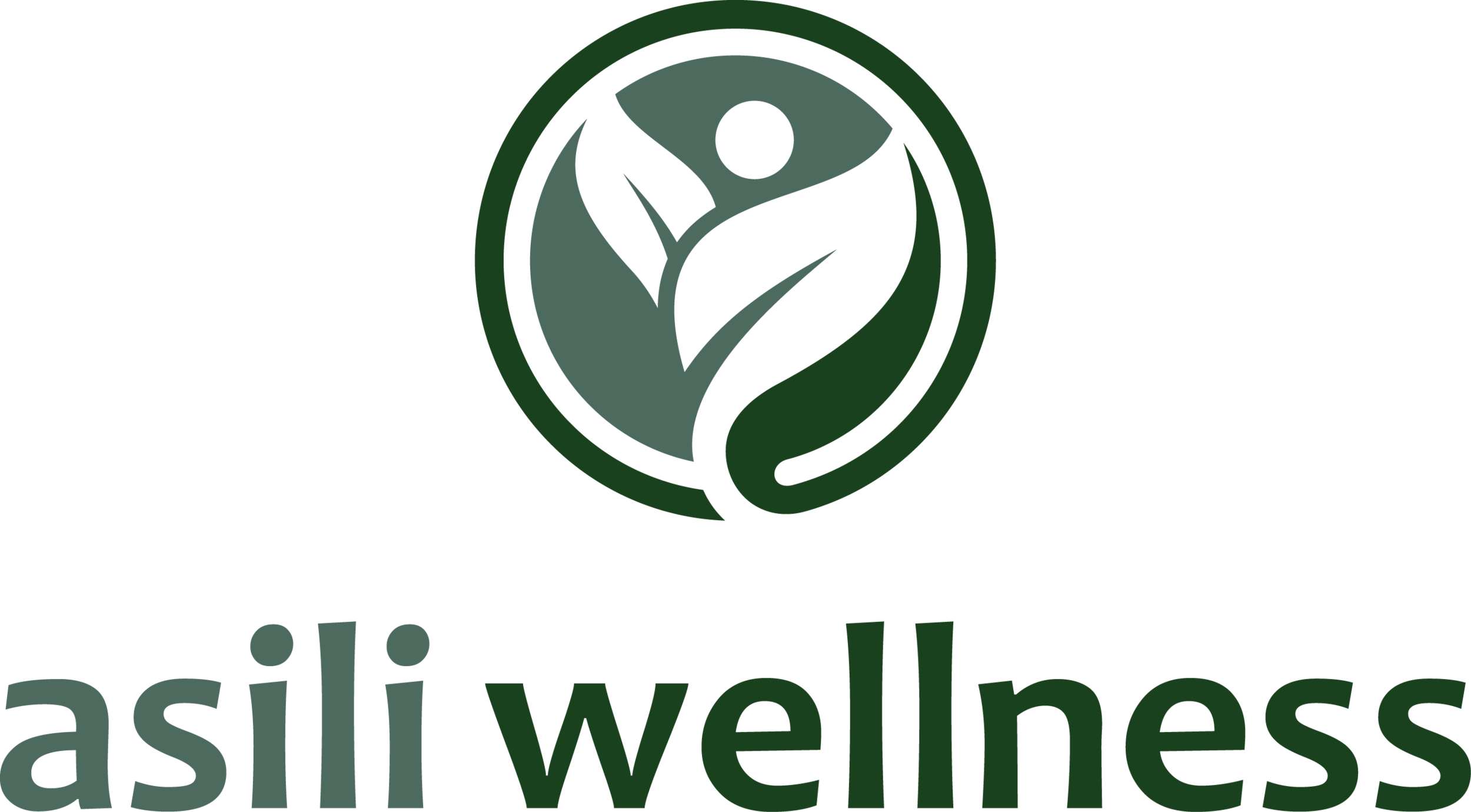Unlock the Healing Power of Herbs for a Healthier You!
Have you ever considered how fantastic healing herbs can be for your health? Let's explore the wonderful world of herbs and discover how adding these natural gems to your daily routine can lead to a happier and healthier life!
What Are Healing Herbs?
Healing herbs are like nature's little powerhouses packed with beneficial ingredients that can do wonders for your health and well-being. You can find them growing in gardens or even in the wild! Whether you enjoy soothing herbal teas or care to explore different herbal preparations, there's something for everyone.
Long ago, ancient healers relied on the wisdom of herbs to treat various ailments, laying the groundwork for the medical practices we know today. Over the years, these herbs became known as medicinal herbs, and skilled artisans learned how to harvest and prepare them for remedies, cosmetics, and even perfumes.
In today's world, medicinal herbs are key to helping people and pets feel great! You will find them in herbal teas, dietary supplements, and medications.
Herbs are like a delightful treasure chest of benefits! Imagine sipping a warm herbal tea that helps you relax and ease your worries. There are incredible blends out there that can support your digestion, too! If you're feeling under the weather, some herbal infusions can relieve pain, while others work wonders for menstrual discomfort. Plus, specific herbal treatments can boost your immune system against the flu. And remember those tasty herbal teas that can spark a little romance!
Using Medicinal Herbs in Herbal Medicine
You'll often find these fantastic herbs as dietary supplements for herbal medicine. Each herb has a special part, the drug, including leaves, flowers, seeds, bark, and roots.
Within the drug, you'll find the phyto complex—a delightful mix of active ingredients that showcase the unique properties of the herbs. This mix can include flavonoids, essential oils, resins, and more, all working together to create a more effective remedy than isolated components. Plus, the phyto complex tends to be gentler on the body, making whole herbs a fantastic choice for natural products.
These natural wonders include herbal teas, mother tinctures, fluid and soft extracts, dry extracts in capsules or tablets, and essential oils.
While some medicinal herbs grow naturally, many are lovingly cultivated to ensure they thrive and develop their excellent active ingredients.
How to Brighten Your Daily Life with Herbs
Are you excited to shake up your routine with the fantastic benefits of healing herbs? Let’s explore some fun and easy ways to invite these wonderful gifts from nature into your everyday life!
(1) Start your day with a cozy cup of tea
Imagine waking up to a warm cup of chamomile tea. Its calming qualities set the perfect tone, helping you feel ready to face the day.
(2) Add some herbs to your meals
Why not sprinkle in some fresh basil or rosemary when you cook? Not only do they make your meals taste fantastic, but they also come packed with antioxidants that are good for you!
(3) Make your herbal remedies
Under the weather? Or just looking for a little extra boost? It’s super easy to whip up your herbal remedy that can perk you up and nourish your whole self.
Healing herbs can uplift your body and mind and can be used in everything from comforting teas to delicious dishes. So go ahead, embrace the wonders of nature, and sprinkle these vibrant ingredients into your life for a daily dose of joy and well-being!
Final Thoughts
Each herb has unique growing conditions to boost its beneficial ingredients, so there's no one-size-fits-all approach. They also come in various lifespans, some being perennial, annual, or biennial. Embrace the magic of herbs and enjoy the journey to better health!
Adopting a plant-based diet is a life-changing decision that can completely transform our bodies and enhance our mental well-being. Join us on a voyage with NATURALLY NOURISHED to uncover the secrets of creating harmony through food and learn how to turn simple ingredients into revitalizing, health-boosting dishes!
Explore Yoga + Talk Therapy
Shop Products
Join Thrive
thrive is a complimentary resource with fresh goodies each month intended to help you create a healthier lifestyle mentally, physically, and emotionally.
Call, email, follow, or shop today to start your journey!
Peace + Wellness, Dr. Nicole












